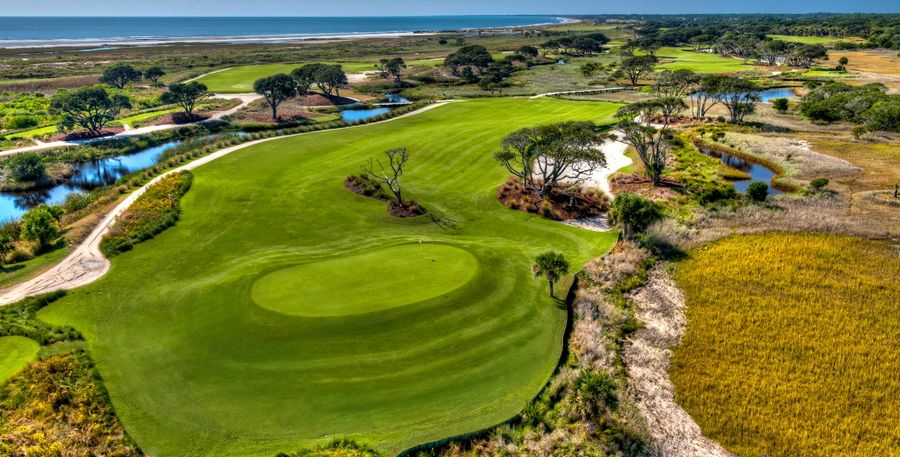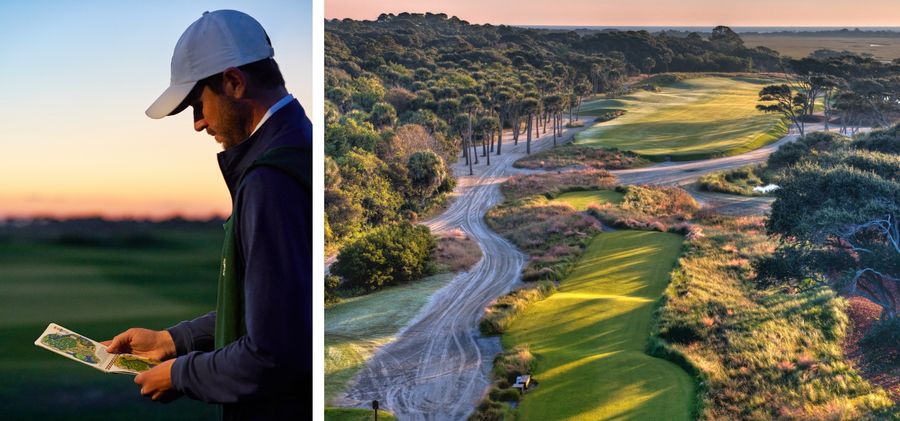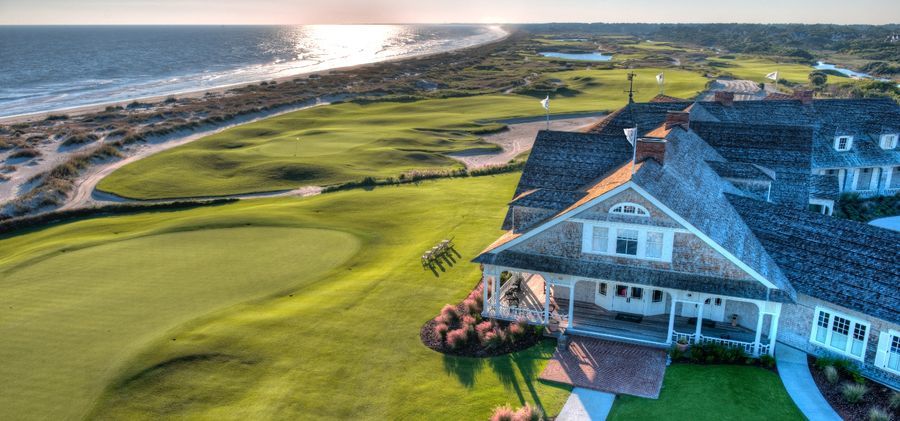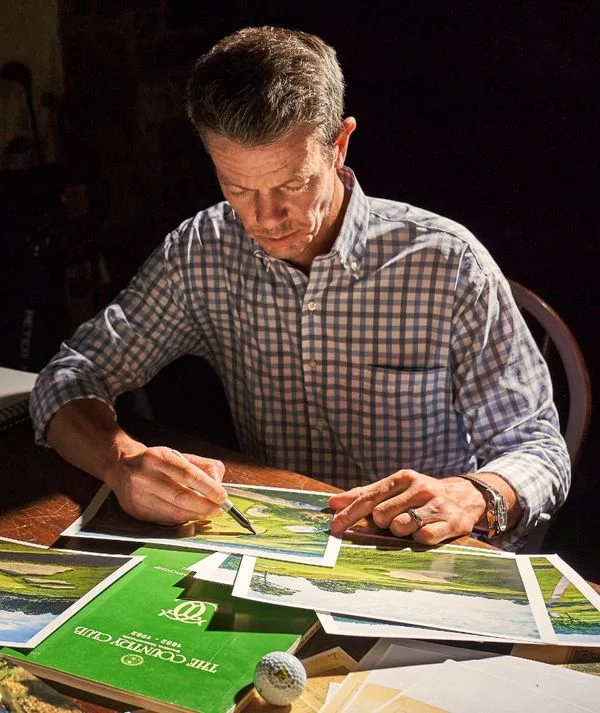

If you grew up a sports fan, you probably acted out hundreds of scenarios like this in your mind, on the blacktop, at the gym. Maybe you still do.
Eight seconds left, down one, game on the line at the Garden. Crowd on its feet, the ball comes to you at the top of the key. Two dribbles, pull-up fadeaway for the win. It's good!
But you won't get to feel what it's like to hit that shot at the Garden. You'd be lucky just to step onto the court.
It's different with golf. Some clubs will always maintain a level of ultra-exclusivity, but for many of the world's greatest courses, if you have the means and the motivation, you can test yourself on the same playing field as the pros.
At Kiawah Island Golf Resort's The Ocean Course, you can even put yourself in their shoes, playing from the back tees, which brings the course close to 8,000 yards in distance. Your caddie will probably tell you that just because you can, it doesn't mean you should. That's the secret to enjoying a round out here, regardless of your skill level. Pick the right tees, play within yourself, and you'll still get a taste of the professional experience, served with a side of humble pie.
Designed by Pete Dye and his wife, Alice, leading up to the 1991 Ryder Cup, the course was the first in history to be awarded a tournament before it was even laid out. Such expectations set the stakes high from day one. And Mother Nature did too. When Hurricane Hugo hit in 1989, having just cleared the land for construction, all of their work was flattened. Any plans Pete had to follow the natural contours or features were almost entirely scrapped. Everything changed overnight.
On Alice's advice, Pete decided to build upwards, raising the ground to provide for near-constant views of the ocean. The two nines possess very different personalities. On the front, you're meandering through live oaks and marshland. The overall presentation evokes a secluded Lowcountry serenity, even if the holes are plenty challenging.
At the turn, well, things take a turn. The back nine is where the course really shows its teeth. The holes hug the coastline. The wind's effect is more pronounced as you're more exposed to the elements. The surroundings are rawer, more severe, more intimidating, and the pressure builds on itself all the way up to No. 18, which several caddies we spoke with cite as the most difficult hole on the course.
The course was the first in history to be awarded
a tournament before it was even laid out.
Mr. Dye said that his routing was meant to keep players consistently off-balance, never settling into a routine. One hole might invite a left to right approach; the next is going to push you right to left. This might not even register in the mind of a normal player. But with the world's best, who devote their lives to maintaining consistency and control, it's going to keep them on their toes.
When the wind kicks up, this is unmistakably one of the world's most challenging courses. Weaving such an unrelenting test of golf through such a dramatic landscape has given it mythical status, a singular example of a links-style setup through a distinctly American lens.
Built to push the best to their limits, open to us all, and ready to write its next chapter in golf history with the 2021 PGA Championship. You can write your own The Ocean Course story whenever you're ready.
Discover what defines the life of a caddie
at The Ocean Course




